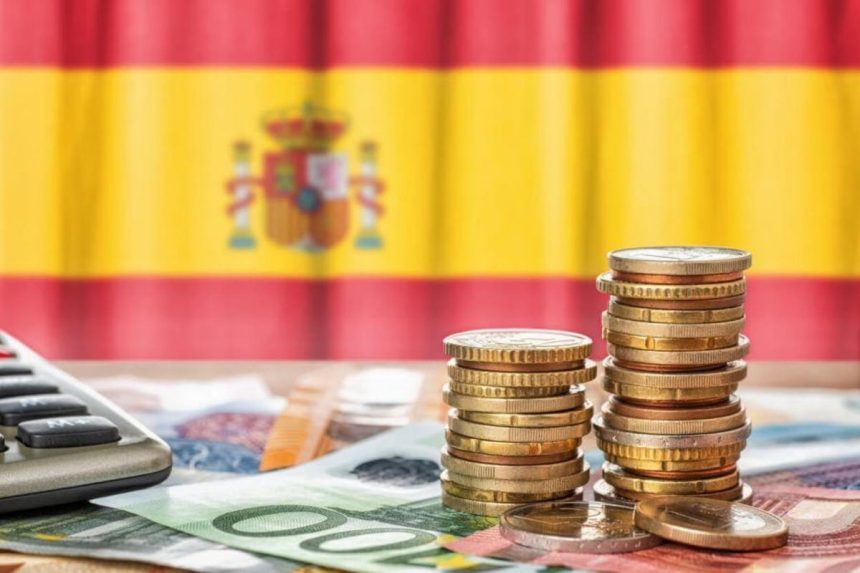Spain’s central bank, Banco de España, has revealed its selected collaborators for the testing phase of the central bank digital currency (CBDC) initiative, a year after issuing a call for collaboration.
Out of 24 applications received over the past year, Bank of Spain has chosen three collaborators. The resolution, published on January 3, disclosed partnerships with Cecabank, Abanca, and Adhara Blockchain for the upcoming six-month pilot of the wholesale CBDC. Cecabank and Abanca are Spanish entities, while Adhara Blockchain is headquartered in the United Kingdom.
The testing phase will involve simulating the processing and settlement of interbank payments using a single tokenized wholesale CBDC. It will also explore the exchange of various wholesale CBDCs issued by different central banks. The consortium of Cecabank and Abanca will use the wholesale CBDC to settle a simulated tokenized bond as part of the experiment.
It’s important to note that the Spanish CBDC program is distinct from the digital euro project, which would cover all economies in the eurozone if implemented.
Spain has been actively engaging with the cryptocurrency market, with recent efforts to implement the European Union’s Markets in Crypto-Assets Regulation (MiCAR) and provide insights into the characteristics and potential applications of the digital euro.
ECB and Bank of Spain Continue Work on Digital Euro, Emphasizing Benefits of Digitalization in Payments and Economy
In October, the Bank of Spain published a text explaining the nature and uses of the digital euro. The bank claimed that the physical cash format “does not allow for the exploitation of all the advantages offered by the growing digitalization of the economy and society.” However, the digital euro will make electronic payments a vital piece of the financial system.
The European Central Bank (ECB) also shared a link to the landing page dedicated to basic information about the digital euro. It promises to deliver an “easier life” and a “stronger Europe.”
Earlier in October, the governing council of the ECB announced the beginning of the” preparation phase” for the digital euro project. It will last two years and focus on finalizing rules for the digital currency and selecting possible issuers.
According to the project calendar published in the text, the preparation phase will finish by 2025. However, a final decision on issuing a pan-EU CBDC is yet to be made.
Spanish Population Shows Limited Enthusiasm for Digital Euro, Surveys Indicate Reluctance Among Majority
Despite these regulatory strides, there appears to be limited enthusiasm for the digital euro among the Spanish population.
According to a recent survey conducted by the Bank of Spain, only a fifth of respondents expressed willingness to integrate the pan-European Central Bank Digital Currency (CBDC) into their regular payment methods. In contrast, a majority of 65% indicated reluctance, raising questions about the widespread acceptance of CBDCs in the Spanish financial landscape.
Another recent survey reveals limited interest among Spaniards in adopting the digital euro, with only 20% expressing openness to using it alongside regular payment methods.
In recent years, Spain has experienced significant transformations in its cryptocurrency landscape, reflecting shifts in adoption trends, regulatory strategies, and technological advancements.
The number of officially registered cryptocurrency companies operating in Spain witnessed a notable increase of approximately 56% in 2023. This surge included both domestic firms and international platforms securing licenses as virtual asset service providers to operate within the country.
On a global scale, discussions around Central Bank Digital Currencies (CBDCs) continue, with Russia preparing to launch the first CBDC pilot involving 13 banks and real customers. Central banks worldwide are actively exploring CBDCs, marking pivotal developments in the realm of stablecoin projects.
While Spain’s CBDC collaboration showcases initiative, the backdrop of public skepticism and ongoing global CBDC explorations underscores the challenges in the evolving landscape of digital currencies.
Enter your email for our Free Daily Newsletter
A quick 3min read about today’s crypto news!
Privacy Policy and
Terms of Service apply.
Read the full article here




